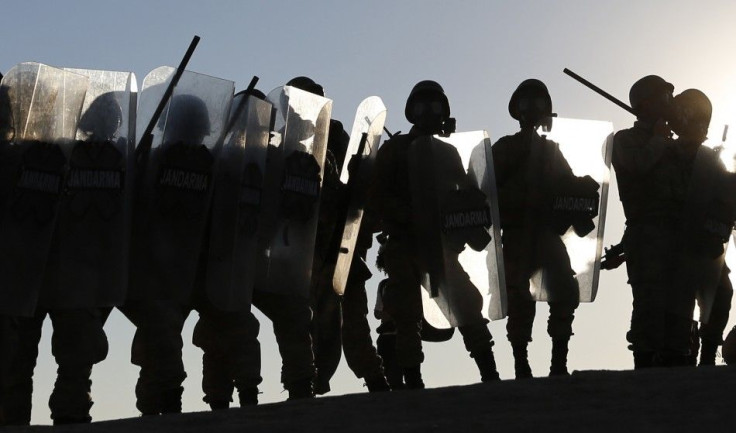ISIS Annihilation: Airstrikes Not Enough, Boots On Ground Needed; U.S. Military Spending For Operations Already at $1.1B for 3 Months

Despite the Pentagon having already spent a whopping $1.1 billion of taxpayers' money to aid the U.S.' fight against the ISIS, Kurdish fighters said the airstrikes were still not enough and remained ineffective to prevent the escalation of the radical group. They said what's most importantly needed nowadays are fighters on the ground.
The blood-hungry ISIS militants are now just two kilometres away from the centre of Kobani, Idris Nassan, a senior spokesman for the Kurdish fighters, told the Guardian. He said the advancing militants are not hampered by the air strikes because they just simply run away every time.
According to Nassan, the militants' strategy is that they overwhelm their target "on three sides." When this happens, "fighter jets simply cannot hit each and every ISIS fighter on the ground." He added the jihadis are likewise too many to be immediately displaced by striking US fighter jets.
"Each time a jet approaches, they leave their open positions, they scatter and hide," Nassan noted on how the ISIS extremist fighters had adapted to military strikes from the air.
Calling for ground support, Nassan also requested for heavy weapons and ammunition "to fend them off and defeat them."
Lindsey Graham, South Carolina senator, had earlier told CNN the ISIS cannot be destroyed "without a ground component." "The strategy of aerial bombardment is not going to work to destroy ISIS," he said.
Following the seemingly losing fight to protect Kobani, the U.S. has for the time deployed its Apache helicopters to assist the Iraqi troops on the ground. The Wall Street Journal reported the Apache AH-64 helicopters were equipped with sensors and hellfire missiles.
The U.S. Central Command said the Apache helicopters hit "two mortar teams, a large [ISIS] unit and two small [ISIS] units." It also destroyed three [ISIS] Humvee vehicles during a strike to the south-east of Hit and another to the north-east of Sinjar.
The command said the "helicopters" as well as "attack, bomber, fighter aircraft" deployed during the strikes came back safely.
The cost of the U.S. military operations against the ISIS in Iraq and Syria, since it started some three months ago, has reached $1.1 billion, including more than $62 million alone in Navy airstrikes and Tomahawk cruise missiles, a report by the AP said. Daily, Pentagon has spent $7 million to $10 million since June.





















